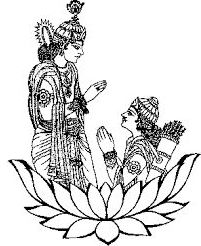
Bhagavad Gita
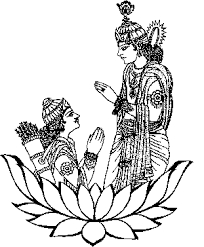
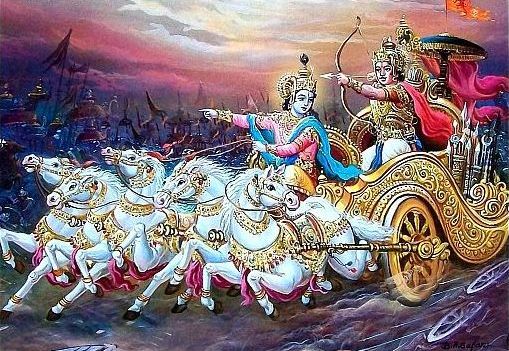
De Bhagavad Gita is een bijzonder spiritueel boek dat inmiddels duizenden jaren oud is, maar nog steeds relevant voor alle mensen die antwoorden zoeken op de existentiele levensvragen. Srimad wordt vaak voor de Bhagavad Gita geschreven als een teken van respect.
In achttien hoofdstukken en 700 verzen wordt verslag gedaan van een dialoog tussen de zoekende mens (Arjuna) en het Hogere Zelf (God of de Werkelijkheid). Sinds enkele eeuwen bestaat er een steeds groeiende belangstelling bij wetenschappers, ethici, theologen, filosofen, psychologen, intellectuelen, kunstenaars en spirituele zoekers uit Oost en West.
De (westerse) mens kan nog veel leren over hoe men in contact kan komen met de “Stem van z’n Hart” om zo de antwoorden te vinden op de belangrijke levensvragen. Zonder deze antwoorden leeft hij in onwetendheid en mist hij meestal innerlijke en spirituele rust.
De studie van de Gita vraagt vele jaren van studie en begeleiding samen met het beoefenen van de praktische aanwijzingen, dit zijn onder andere de verschillende vormen van Yoga.
Hieronder vindt u een kort overzicht van mensen uit Oost en West die geïnspireerd zijn geraakt door de inhoud van de Bhagavad Gita.
Beroemde mensen en hun uitspraken over de Bhagavad Gita

Albert Einstein: "When I read the Bhagavad-Gita and reflect about how God created this universe everything else seems so superfluous".
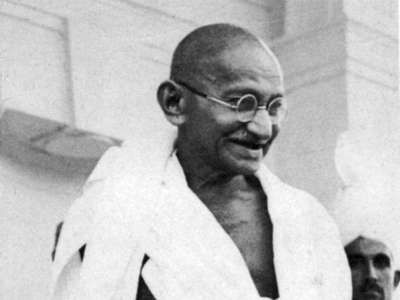
Mahatma Gandhi: "When doubts haunt me, when disappointments stare me in the face, and I see not one ray of hope on the horizon, I turn to Bhagavad-gita and find a verse to comfort me; and I immediately begin to smile in the midst of overwhelming sorrow. Those who meditate on the Gita will derive fresh joy and new meanings from it every day".
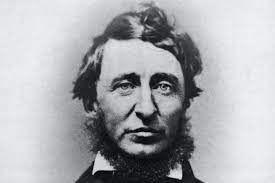
Henry David Thoreau: "In the morning I bathe my intellect in the stupendous and cosmogonal philosophy of the Bhagavadgita, in comparison with which our modern world and its literature seem puny and trivial".

Dr. Albert Schweitzer: "The Bhagavad-Gita has a profound influence on the spirit of mankind by its devotion to God which is manifested by actions".
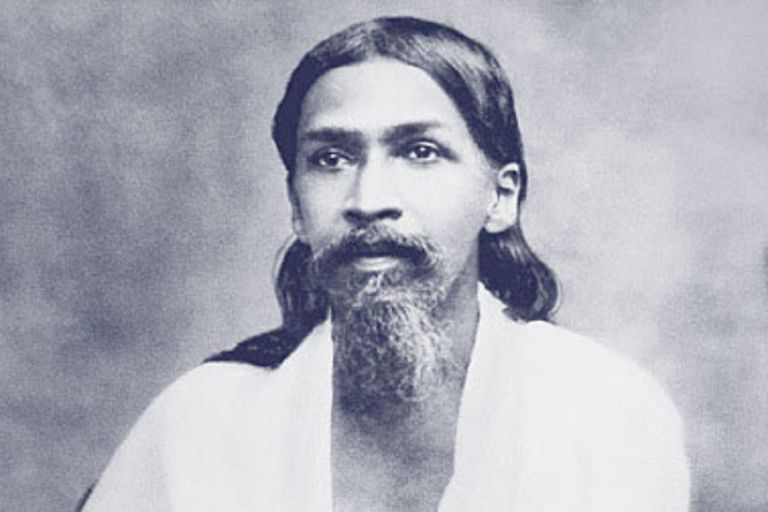
Sri Aurobindo: "The Bhagavad-Gita is a true scripture of the human race a living creation rather than a book, with a new message for every age and a new meaning for every civilization".
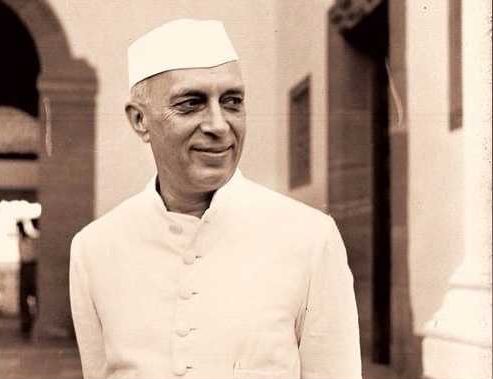
Prime Minister Nehru: "The Bhagavad-Gita deals essentially with the spiritual foundation of human existence. It is a call of action to meet the obligations and duties of life; yet keeping in view the spiritual nature and grander purpose of the universe".
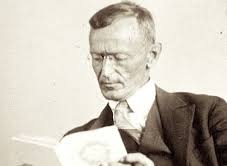
Herman Hesse: "The marvel of the Bhagavad-Gita is its truly beautiful revelation of life's wisdom which enables philosophy to blossom into religion".
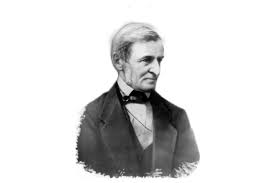
Ralph Waldo Emerson: "I owed a magnificent day to the Bhagavad-gita. It was the first of books; it was as if an empire spoke to us, nothing small or unworthy, but large, serene, consistent, the voice of an old intelligence which in another age and climate had pondered and thus disposed of the same questions which exercise us".
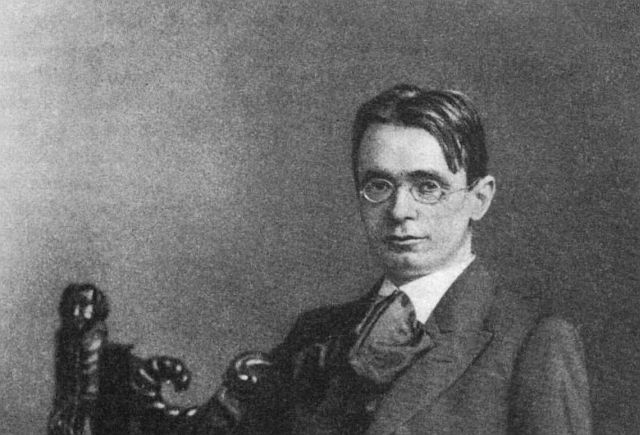
Rudolph Steiner: "In order to approach a creation as sublime as the Bhagavad-Gita with full understanding it is necessary to attune our soul to it".
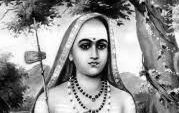
Adi Shankara: "From a clear knowledge of the Bhagavad-Gita all the goals of human existence become fulfilled. BhagavadGita is the manifest quintessence of all the teachings of the Vedic scriptures".
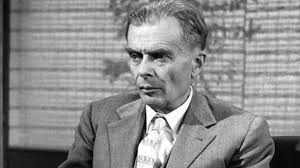
Aldous Huxley: "The Bhagavad-Gita is the most systematic statement of spiritual evolution of endowing value to mankind. It is one of the most clear and comprehensive summaries of perennial philosophy ever revealed; hence its enduring value is subject not only to India but to all of humanity".
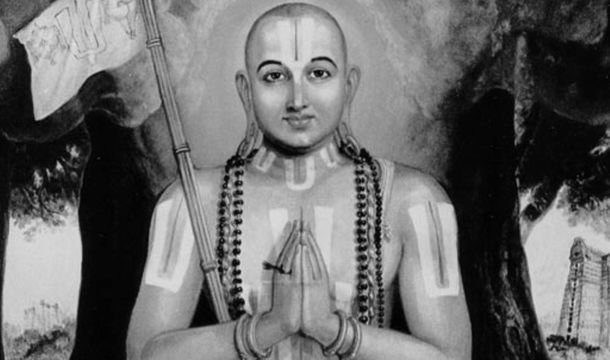
Ramanuja: "The Bhagavad-Gita was spoken by Lord Krishna to reveal the science of devotion to God which is the essence of all spiritual knowledge. The Supreme Lord Krishna's primary purpose for descending and incarnating is relieve the world of any demoniac and negative, undesirable influences that are opposed to spiritual development, yet simultaneously it is His incomparable intention to be perpetually within reach of all humanity".
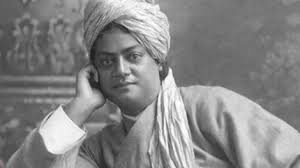
Swami Vivekananda: Swami Vivekananda evinced much interest in Bhagavad Gita. It is said, Bhagavad Gita was one of his two most favourite books (another one was The Imitation of Christ). In 1888-1893 when Vivekananda was travelling all over India as a wandering monk, he kept only two books with him - Gita and Imitation of Christ.
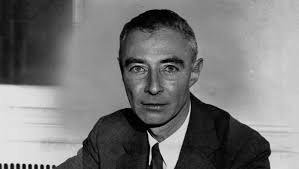
J. Robert Oppenheimer: American physicist and director of the Manhattan Project, learned Sanskrit in 1933 and read the Bhagavad Gita in the original form, citing it later as one of the most influential books to shape his philosophy of life. Oppenheimer later recalled that, while witnessing the explosion of the Trinity nuclear test, he thought of
verses from the Bhagavad Gita (XI,12): "If the radiance of a thousand suns were to burst at once into the sky, that would be like the splendor of the mighty one". Years later he would explain that another verse had also entered his head at that time: “We knew the world would not be the same. A few people laughed, a few people cried. Most people were silent. I remembered the line from the Hindu scripture, the Bhagavad Gita; Vishnu is trying to persuade the Prince that he should do his duty and, to impress him, takes on his multi-armed form and says, 'Now I am become Death, the destroyer of worlds.' I suppose we all thought that, one way or another.“
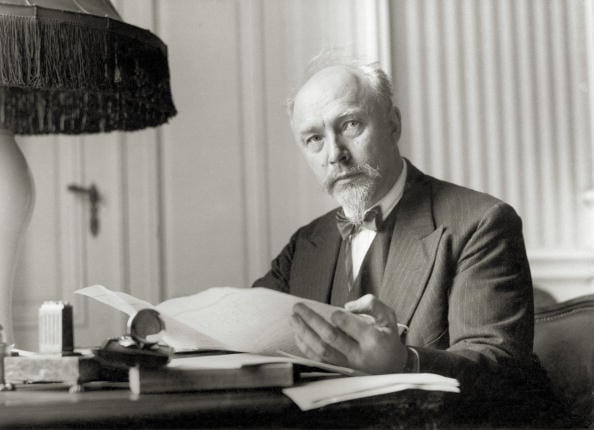
Hermann Graf Keyserling: German Philosopher regarded Bhagavad-Gita as "Perhaps the most beautiful work of the literature of the world".
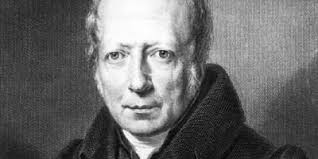
Wilhelm von Humboldt: was a Prussian philosopher, he pronounced the Gita as: "The most beautiful, perhaps the only true philosophical song existing in any known tongue ... perhaps the deepest and loftiest thing the world has to show".
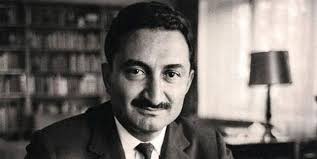
Bulent Ecevit: Turkish ex prime minister Bulent Ecevit, when asked what had given him the courage to send Turkish troops to Cyprus . His answer was "I was fortified by the Bhagavad Gita which taught that if one were morally right, one need not hesitate to fight injustice"

Lord Warren Hastings: Was the first governor general of British India wrote: "I hesitate not to pronounce the Gita a performance of great originality, of sublimity of conception, reasoning and diction almost unequalled; and a single exception, amongst all the known religions of mankind".

Sunita Williams: Was an American astronaut who holds the record for longest single space flight by a woman carried a copy of Bhagavad Gita and Upanishads with her to space, said "Those are spiritual things to reflect upon yourself, life, world around you and see things other way, I thought it was quite appropriate" while talking about her time in space.
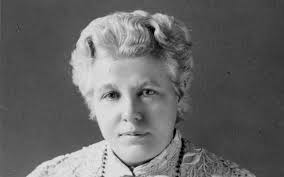
Annie Besant: said: "That the spiritual man need not be a recluse, that union with the divine Life may be achieved and maintained in the midst of worldly affairs, that the obstacles to that union lie not outside us but within us - such is the central lesson of the Bhagavad-Gita."
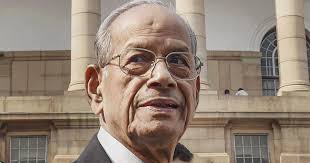
E. Sreedharan: said: "You see, spirituality has no religious overtones. The essence of spirituality is to make a person pure in his mind and his thoughts. When I started reading our old scriptures, like the “Baghavad Gita,” I found it was useful for day-to-day life, so I started practicing it. I consider it an administrative gospel, one that will help you in doing things like running an organization".
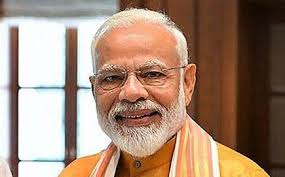
Shri Narendra D. Modi: Prime Minister of India, Shri Narendra Modi has strongly pitched the Bhagavad Gita as "India's biggest gift to the world". Shri Modi gifted The Bhagavad Gita according to Gandhi to the then President of the United States of America, Mr Barack Obama in 2014 during his US visit. As Shri Modi presents Gita to the leaders of the world, over a billion people find peace and purpose in these words of Krishna through Gandhi.
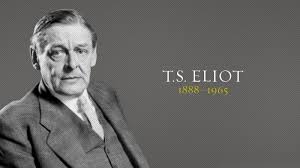
Thomas Stearns Eliot: Said that Indian philosophy had a huge influence on this American poet, who had studied Indian philosophy and Sanskrit during his days in Harvard, from 1911 to 1914. In his poem titled The Dry Salvages, Elliot mentions the conversation
between Krishna - Arjuna, from the Bhagvad Gita, to depict a connection between the past and the future, and to emphasize that one needs to follow divine will, rather than seek personal gains. As the famous lines from his poem reads:
Will suffer the trial and judgement of the sea,
Or whatever event, this is your real destination.
So Krishna, as when he admonished Arjuna
On the field of battle.
Not fare well, But fare forward, voyagers.
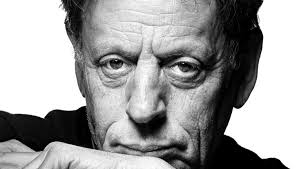
Philip Glass: The American composer who's often referred to as one of the most influential musicians of the late 20th century cited the Bhagvad Gita in one of his works. He composed an Opera, titled Satyagraha, which is loosely based on the life of Mahatma Gandhi and contains text from the Bhagvad Gita that is sung in Sanskrit during the performance.
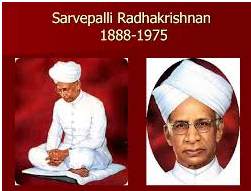
Sarvepalli Radhakrishnan: Was an Indian philosopher and first vice-president of India (5 September 1888 - 17 April 1975) Second President of India in 1962, his birthday is widely celebrated as teacher’s Day. “Though everything else is taken away from him, though he das to walk the streets, cold, hungry and alone, though he may know no human being into whose eyes he can look and find understanding, he shall yet be able to go his way with a smile on his lips, for he has gained inward freedom".
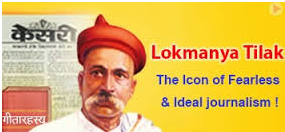
Lokmanya Tilak: Was an journalist, teacher, social reformer, lawyer and the first popular leader of the Indian Independence Movement. (23 July 1856 - 1 August 1920). The British colonial authorities called him Father of the Indian unrest”.
He was also conferred with the honorary title of "Lokmanya” which literally means “Accepted bij the people” as their leader. He said the following words about the Bhagavad Gita:
“The Gita was preached as a preparatory lesson for living worldly life with an eye tot Release, Nirvanan. My last prayer to everyone, therefore is that one should not fail to thoroughly understand this ancient science of worldly life as early as possible in one’s life”.
Om-Shanti: Studie en Academie Materiaal
Bhagavad Gita
Om-Shanti: - Studie en Academie Materiaal
Bhagavad Gita - Deel 1 - 01
The Ethics of the Gita
Dr Lakshman Patra
Head, PG Department of Philosophy, Vikram Dev (Auto) College,
Jeypore, Odisha, 764001, India
Abstract: Indian ethics aims at the spiritual growth of all men. The spiritual growth consists in the awareness or consciousness of atma-jnana or Brahma-Jnana. One realizes that the world is pervaded by Brahman. The particulars of the universe are potentially infinite. So everything is divine and every being kindred. Thus the concept of cosmic fraternity is the ethical paradigm, implied by this cosmo-centric ontology. During the present time the scientific and technological development has reached the apex, but the moral and spiritual values are constantly declining day by day. Though we have become economically rich, intellectually sound, and technologically advanced, still we are morally poor, and spiritually bankrupt. At this juncture of time, it is the philosophy of Gita which is out and out ethical, can really save the world from the overblooming catastrophe. Indian ethics is holistic in its approach. As an aspect of Indian ethics, the Gita’s ethics teaches how to harmonize an individual’s desires, emotions and ambitions in order to lead a harmonious life on the earth with ultimate end of self realization and freedom. The Gita is a hand book of ethics. Its teachings are rational and scientific in approach. The Gita’s ethics is discussed mostly in the concepts like, svabhava, svadharma and niskamakarma. In my paper I shall be discussing the concept of niskamakarma which constitutes the rockbutton of the Gita’s ethics. Niskakarma is the Philosophy of Karmayaga of the Gita which explicates that one has to perform actions with right ideation, having no desire for the consequences. My approach will be critical and analytical. hagavad-Gita, which means 'the songs of the Lord'. The Gita comes to us as a part of Bhisma.
Om-Shanti: - Studie en Academie Materiaal - Bhagavad Gita - Deel 1 - 01
Om-Shanti: Studie en Academie Materiaal
Boekbespreking Bhagavad Gita
Exploring the Bhagavad Gita
Philosophy, Structure and
Meaning, Routledge 2016
Ithamar Theodore
The Bhagavad Gītā remains to this day a mainstay of Hinduism and Hindu Studies alike, despite the profusion of books written on it over the centuries. While the Gītā’s profundity is evident, its meaning most certainly is not. Is there a unity within the Bhagavad Gītā? The author proposes a unifying structure of this seminal Hindu work, identifying multiple layers of meaning at play. He provides a new translation of the full text of the Bhagavad Gita, divided into sections, and accompanied by in-depth commentary, rendering this ancient Indian classic accessible to scholars and aspirants alike.
The Bhagavad Gita
A Critical Introduction
Routledge 2020
Ithamar Theodor
This book is a systematic and comprehensive introduction to one of the most read texts in South Asia. The Bhagavad-Gītā is at its core a religious text, a philosophical treatise and a literary work, which has occupied an authoritative position within Hinduism for the last millennium. This book brings together themes central to the study of the Gita, as it is popularly known - such as the Bhagavad-Gītā's structure, the history of its exegesis, its acceptance by different traditions within Hinduism, and its national and global relevance. It highlights the richness of the Gita's interpretations, examines its great interpretive flexibility and at the same time offers a conceptual structure based upon a traditional commentarial tradition. With contributions from major scholars across the world, this book will be indispensable for scholars and researchers of religious studies, especially Hinduism, Indian philosophy, Asian philosophy, Indian history, literature and South Asian studies. It will also be of great interest to the general reader.
Song of Your Soul
A New Translation of Bhagavad Gita
(Part 2), New Books Network 2021
Atmadarshan Laura Santoro
Raj Balkaran interviews Santoro co-owner of Dharma Kshetra Yoga and author of this coming book on the role of yoga and Indian spirituality in fostering life wisdom. They discuss her rich relationship to the Bhagavad Gītā and issues of cultural appropriation in modern yoga movements.

Mahabharata

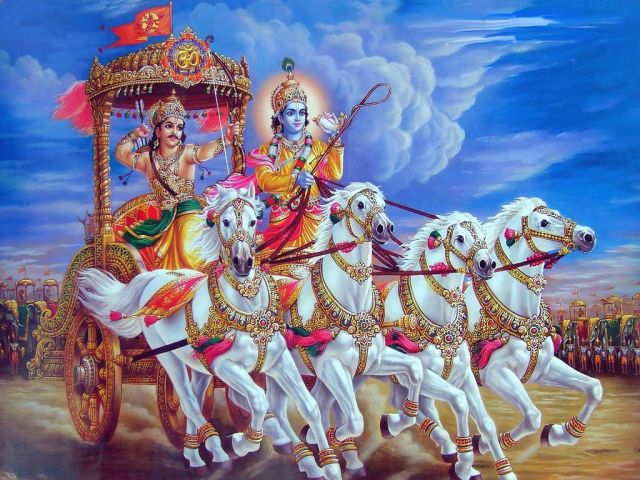
Om-Shanti: Studie en Academie Materiaal
Boekbespreking Mahabharata
Philology and Criticism
A Guide to Mahabharata Textual
Criticism, Anthem Press 2018
Vishwa Adluri and Joydeep Bagchee
The Hindu great epic, Mahābhārata, exists today in hundreds of variant manuscripts across India. These manuscripts were painstakingly examined, sorted and reconstituted into the official Critical Edition of the Mahābhārata. Is the Critical Edition a viable means of studying India's great epic? While several scholars critique this undertaking project, the authors present a rigorous defense of the Mahābhārata's Critical Edition.
Krishna's Lineage
The Harivamsha of Vyasa's Mahabharata
Oxford University Press 2019
Simon Broadbeck
While typically circulating as a separate text, The Harivamsha forms the final part of the Mahabharata storyline. Beyond this, it is rich storehouse of cosmological, genealogical, theological materials, detailing the biography of Krishna (avatar of the Hindu great god Vishnu), along with much more mythic material.
Vyasa Redux
Narrative in Epic Hindu Mahabharata
Anthem Press 2019
Kevin McGrath
The book examines the complex and enigmatic Vyāsa, both the primary creative poet of the Sanskrit epic Mahābhārata and a key character in the very epic he composes. In doing so the author focuses on what he considers the late Bronze Age portions of the epic feature prioritizing the concerns if the warrior class. The discussion distinguishes between plot and story and how this distinction comes to bear on the differences between preliterate and literate phases of the epic’s compositional history.
In Dialogue with the Mahabharata
Routledge 2020
Brian Black
This book offers the first extensive study of the dialogue form in the Mahābhārata. Despite its importance, the variety of uses and implications of dialogue in the Mahābhārata remain relatively unexplored, which leaves a significant gap in the understanding of this key work of Indian literature. Dialogue is a recurring and significant feature of Indian religious and philosophical literature generally, but nowhere is it explored more elaborately and more profoundly than in the Mahābhārata. This book therefore, examines the details of some of the central dialogical encounters in the text, including, structural features; intra-textual relationships with other dialogues; implicit methods of reasoning; and potential avenues for a meaningful engagement with interlocutors beyond the text. This attention to the dialogue form not only brings out otherwise unexplored aspects of the text's teachings, but also highlights aspects of the Mahābhārata that will have particular relevance to modern readers. This is a fresh perspective on the Mahābhārata that will be of great interest to any scholar working in Religious Studies, Indian/South Asian religions, Comparative Philosophy, and World Literature.
The Mahabharata
Penguin 2015
Bibek Debroy
Dispute over land and kingdom may lie at the heart of this story of war between cousins the Pandavas and the Kouravas but the Mahabharata is about conflicts of dharma. These conflicts are immense and various, singular and commonplace. Throughout the epic, characters face them with no clear indications of what is right and what is wrong; there are no absolute answers. Thus every possible human emotion features in the Mahabharata, the reason the epic continues to hold sway over our imagination.
Many Mahabharatas
Suny Hindu Studies 2021
Nell Shapiro Hawley and Sohini Sarah Pillai
This book is an introduction to the spectacular and long-lived diversity of Mahābhārata literature in South Asia. This diversity begins with the Sanskrit Mahābhārata, an early epic poem that narrates the events of a catastrophic fratricidal war. Along the way, it draws in nearly everything else in Hindu mythology, philosophy, and story literature. The magnitude of its scope and the relentless complexity of its worldview primed the Mahābhārata for uncountable tellings in South Asia and beyond. For two thousand years, the instinctive approach to the Mahābhārata has been not to consume it but to create it anew. Because of its historical and linguistic breadth, its commitment to primary sources, and its exploration of multiplicity and diversity as essential features of the Mahābhārata’s long life in South Asia, the book constitutes a major contribution to the study of South Asian literature and offers a landmark view of the field of Mahābhārata studies.
Arti Dhand on the Mahabharata
New Books Network 2021
Arti Dhand
What does the Mahābhārata - a gargantuan epic tale from ancient India - have to teach about life wisdom? Learn three core themes of the ancient Sanskrit epic - along with a story of one of its most compelling female characters - from Dr. Arti Dhand, Associate Professor at the University of Toronto and host of The Mahabharata Podcast.
Feminine Journeys of the Mahabharata
Hindu Women in History, Text and
Practice, Palgrave Macmillan 2021
Lavanya Vemsani
The Mahabharata preserves powerful journeys of women recognized as the feminine divine and the feminine heroic in the larger culture of India. Each journey upholds the unique aspects of women's life. This book analytically examines the narratives of eleven women from the Mahabharata in the historical context as well as in association with religious and cultural practices. Vemsani brings together history, myth, religion, and practice to arrive at a comprehensive understanding of the history of Hindu women, as well as their significance within religious Indian culture. Additionally, Vemsani provides important perspective for understanding the enduring legacy of these women in popular culture and modern society.
Kunti: The Sati Series II
Pan Macmillan India 2021
Koral Dasgupta
Kunti, a rare matriarch in the Mahabharata and one of the revered Pancha Satis, holds an unforgettable position in the Indian literary imagination. Yet, little is known about the fateful events that shaped her early life. Taking on the intricate task, Koral Dasgupta unravels the lesser-known strands of Kunti’s story: through a childhood of scholarly pursuits to unwanted motherhood at adolescence, a detached marriage and her ambitious love for the king of the devas. After the remarkable success of Ahalya, the first book in the Sati series, Kunti: this book presents a brilliant and tender retelling of a story at the heart of our culture and mythology. In the Sati series, Koral Dasgupta explores the lives of the Pancha Kanyas from Indian mythology and reinvents them in the modern context with a feminist consciousness.
